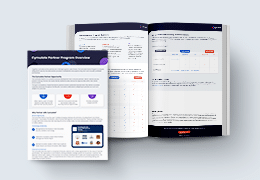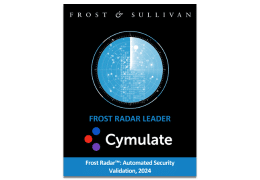Phorpiex, an old threat known since 2016, was initially known as a botnet that operated using IRC protocol (also known as Trik).
In 2018-2019 Phorpiex switched to modular architecture and the IRC bot was replaced with Tldr – a loader controlled through HTTP that became a key part of the Phorpiex botnet infrastructure.
In Check Point’s 2019 Phorpiex Breakdown research report, they estimated over 1,000,000 computers were infected with Tldr.
Phorpiex is mostly known for its massive sextortion spam campaigns, crypto-jacking (cryptocurrency mining infected machines), spreading ransomware, and cryptocurrency clipping.
In the summer of 2021, the activity of Phorpiex command and control servers (C&C) dropped sharply.
The C&C servers were shut down in July, and there was no activity for about two months.
On August 27 an announcement was spotted on an underground forum, allegedly from the botnet owners, that stated they were going out of business and sold off the source code.
From this announcement, it seemed that the botnet was developed and controlled by two individuals.
Check Point don’t know if the botnet was actually sold.
However, less than two weeks later, the C&C servers were back online at another IP address (185.215.113[.]66) of the same sub-network and later switched to 185.215.113[.]84
Simultaneously, the C&C servers started distributing a bot that had never seen before.
It was called “Twizt” and enables the botnet to operate successfully without active C&C servers, since it can operate in peer-to-peer mode.
This means that each of the infected computers can act as a server and send commands to other bots in a chain.
As a really large number of computers are connected to the Internet through NAT routers and don’t have an external IP address, the Twizt bot reconfigures home routers that support UPnP and sets up port mapping to receive incoming connections.
The new bot uses its own binary protocol over TCP or UDP with two layers of RC4-encryption.
It also verifies data integrity using RSA and RC6-256 hash function.
The emergence of such features suggests that the botnet may become even more stable and therefore, more dangerous.





